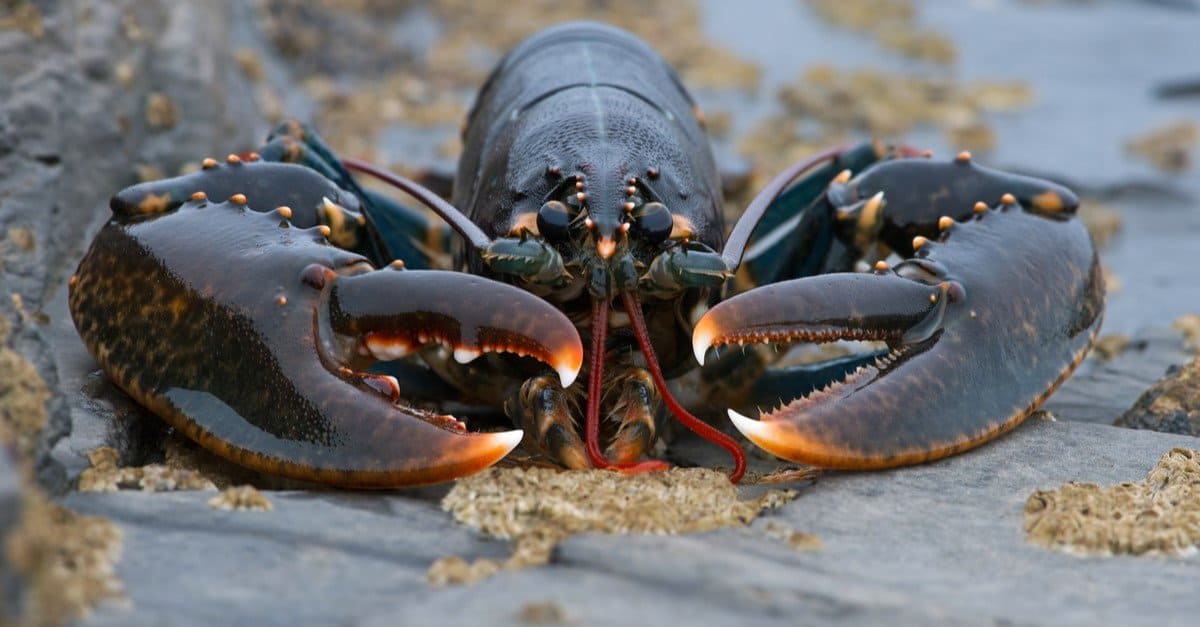Prepare to embark on a culinary journey as we unravel the secrets of poaching lobsters, a technique that transforms ordinary crustaceans into extraordinary delicacies. Whether you’re a seasoned chef or a home cook eager to elevate your seafood game, this comprehensive guide will empower you with the knowledge and expertise to master the art of poaching lobsters. From the basics to the latest trends, we’ll cover every aspect of this culinary technique, ensuring that your next lobster meal becomes an unforgettable experience.

Image: www.capeporpoiselobster.com
Lobster Poaching: A Culinary Adventure
The Definition of Poaching
Poaching, a gentle cooking method, involves submerging food in a liquid (typically water, stock, or milk) and maintaining a precise temperature just below the boiling point. This technique allows for even cooking without overcooking, resulting in tender, succulent, and flavorful dishes.
A Culinary History of Poaching
The origins of poaching can be traced back to ancient civilizations, where it was employed as a preservation technique. Over the centuries, it has evolved into a culinary art form, used by chefs to enhance the flavors and textures of various ingredients. Today, poaching remains a cherished technique for preparing delicate foods such as seafood, vegetables, and eggs.
The Art of Poaching Lobsters
Preparing Your Lobster
The key to perfectly poached lobster lies in careful preparation. Before poaching, it’s essential to humanely kill the lobster by inserting a sharp knife into its head. Remove the claws and tail by twisting and pulling them free. Split the tail lengthwise and remove the intestinal vein. Don’t forget to rinse the lobster thoroughly under cold water.

Image: python.keystoneuniformcap.com
Creating the Perfect Poaching Liquid
The poaching liquid plays a crucial role in enhancing the lobster’s flavor. Experiment with different liquids to find your preferred taste profile. Consider using a court bouillon, a flavorful broth made from water, aromatic vegetables (such as carrots, celery, and onions), herbs (like parsley, thyme, and bay leaves), and seasonings (such as salt, pepper, and lemon zest).
Timing is Everything
The perfect poaching time depends on the size of the lobster. For a 1-pound lobster tail, plan for 8-10 minutes of poaching time. Adjust the time accordingly for larger or smaller lobsters. To ensure doneness, insert a toothpick or skewer into the thickest part of the tail. If it slides in and out easily, your lobster is ready to savor.
Lobster Poaching: Latest Trends and Tips
Sous Vide Perfection
Sous vide cooking has emerged as a revolutionary technique for poaching lobsters. By using a temperature-controlled water bath, sous vide ensures precise and even cooking, resulting in exceptionally tender and juicy lobster meat.
Citrus Enhancements
Citrus flavors can elevate the taste of poached lobsters. Consider adding lemon, orange, or grapefruit zest to your poaching liquid for a refreshing and vibrant twist. Finish the dish with a squeeze of fresh lemon or lime juice to brighten the flavors.
How Long To Poach Lobster
Expert Advice: A Poaching Masterclass
**1. Use the Right Equipment:** Invest in a high-quality pot or poaching pan designed for poaching. A steamer basket or insert helps keep the lobster submerged.
**2. Don’t Crowd the Pot:** Overcrowding the pot can hinder even cooking and result in rubbery lobster. Poach a few lobster tails at a time to ensure optimal results.
**3. Maintain a Consistent Temperature:** Use a culinary thermometer to monitor the temperature of the poaching liquid. Keep it just below the boiling point, around 185°F (85°C).
**4. Serve Immediately:** Once poached, remove the lobster from the liquid and serve immediately. Overcooked lobster will become tough, so timing is critical.
Frequently Asked Questions about Poaching Lobsters
Q: How do I know if my lobster is overcooked?
A: Overcooked lobster will be tough and rubbery. If the meat pulls away easily from the shell, it’s overcooked.
Q: Can I poach frozen lobster?
A: Yes, you can poach frozen lobster. However, adjust the poaching time by adding 2-3 minutes per pound to account for the frozen state.
Q: What should I serve with poached lobster?
A: Poached lobster pairs well with various side dishes, such as melted butter, drawn butter, lemon wedges, and steamed vegetables.
Conclusion
Mastering the art of poaching lobsters opens up a world of culinary possibilities. From classic boiled lobsters to sous vide creations, the techniques and tips outlined in this guide will empower you to elevate your seafood cooking skills. Remember, the key to success lies in careful preparation, the right poaching liquid, and precise timing. So, gather your ingredients, put on your apron, and embark on this culinary adventure. The rewards of perfectly poached lobster will surely delight your taste buds.
Are you ready to take your lobster poaching skills to the next level? Share your experiences and ask questions in the comments below. Let’s continue the culinary journey together and explore even more delicious adventures.







